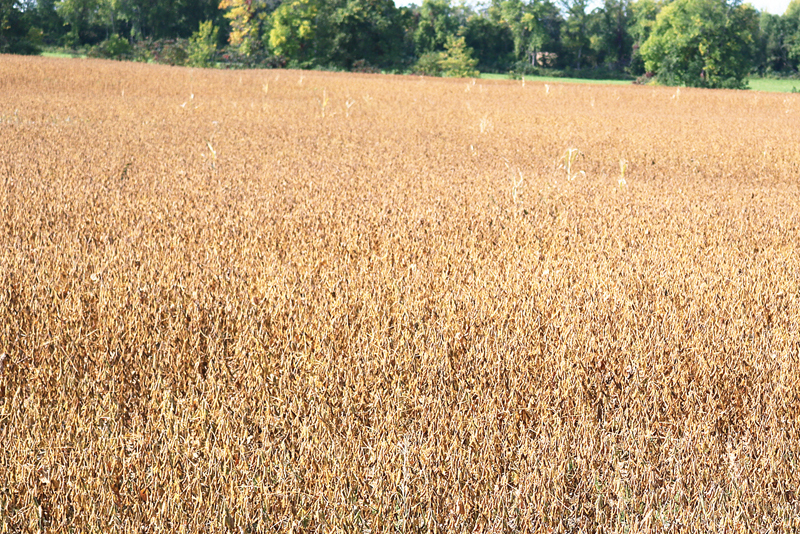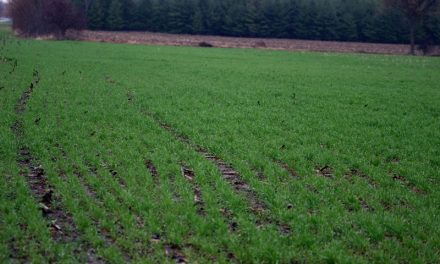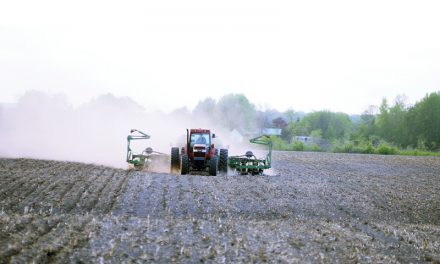The early frost has brought those last leaves to the end. With multiple frosts now we are moving forward to harvest. Vogel photo
by Scott Banks, Independent Agronomist
eastcropper@gmail.com
As many may have seen, frost has hit most areas in the past week. The earlier frost damage can be seen on the corn and soybean leaves, particularly in low laying and lighter soil areas of several fields. It is yet to be seen how much damage has occurred from the hard frost in the past couple of nights. If the main stalk of the plant is sheltered enough to remain green, grain fill will continue. Most of the area has received a lot of rainfall in the past month, making it a challenge to find the right conditions to apply manure and seed cover crops after the cereal harvest.
Forages
Several livestock farmers have now taken a third cut; with the rain in August, most stands have yielded well for a third cut. For those growers who were able to seed a cover crop in August, there was good growth which could be harvested for more feed this fall.
Cereals
Harvest has wrapped up. Overall, yields were very disappointing due to the long drought stress in June and July during the grain filling period. To date, only a few acres of winter wheat have been planted. For more information about winter wheat varieties selection, the 2020 Winter Wheat Variety Performance Report is now available at https://www.gocereals.ca/. Note, Agricorp planting deadlines for crop insurance coverage in the northwest of the area is Oct. 8, 2020 and Oct. 17, 2020 for most of the area south of Ottawa. For the date, for your specific area see: https://www.agricorp.com/ and search for planting deadlines for fall-seeded grains and oilseeds. Growers not seeding winter wheat acres this fall, should notify Agricorp.
Soybeans
Only a few acres of soybeans have been harvested to date. The hard frost this week will continue to hasten crop senescence.
Corn
Corn silage harvest has been in full swing. Variable is the word to describe most fields. Yields have generally depended on the season’s rainfall. Within field stands have also been quite variable in height. Grain fill has generally been good, resulting in better than expected yields overall and good harvest silage quality. It is yet to be seen how much damage has occurred from the hard frost in the past couple of nights.
For more information about frost damage to corn see: https://fieldcropnews.com/2020/09/frost-injury-risks-in-corn/. Growers should continue to monitor fields for potential ear mould problems closer to harvest. The annual provincial corn ear mould and mycotoxin survey report will be available in early October at the https://fieldcropnews.com/ website.













